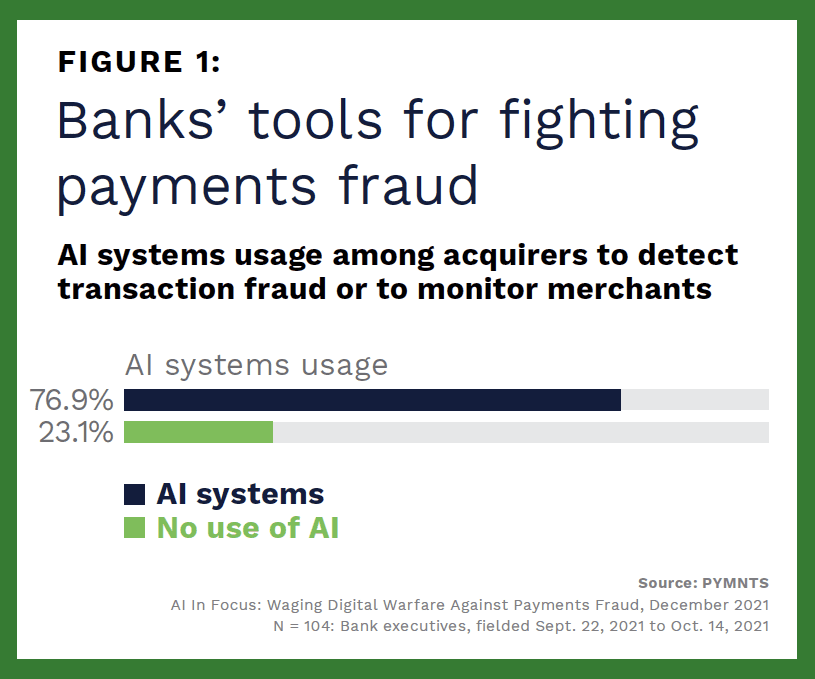PYMNTS Intelligence: Human Intelligence Is Insufficient to Fight Fraud

Fraud is ubiquitous for both businesses and consumers. Bad actors are constantly developing new techniques and technologies to steal hard-earned funds and data, often turning around and selling that information to other fraudsters. A recent study found that 97% of eCommerce fraud prevention decision-makers around the world had experienced some sort of fraud at their organizations within the past 24 months, and the metrics for individual consumers are hardly better.
Companies and individuals are quickly implementing best practices for avoiding fraud, but this is insufficient to keep up with the flood of new techniques. Fraudsters are well aware of best practices such as avoiding suspicious emails, scanning for misspellings and declining to give out passwords to unknown solicitors. These techniques help to a point, but automated technology is a critical backstop for avoiding digital fraud.
This month, PYMNTS explores why fraud-fighting technology must augment human intelligence in the battle against fraud.
Multifactor authentication (MFA) is a common technique to protect against fraud, but it has its drawbacks. These systems require users to enter a secondary validation measure in addition to their passwords, such as an emailed security code. They offer some protection, but this comes at the ultimate expense of adding friction for users. MFA is useful but should be deployed in the right context to avoid unnecessary disruptions.
 Many fraud techniques such as phishing rely on tricking victims into voluntarily handing over critical information, including passwords, making MFA largely ineffective. These attacks hit an all-time high in 2021 despite the best efforts of financial service and eCommerce firms to educate their customers, with more than 100,000 incidents reported in December alone. Businesses will need to supplement their awareness programs with automated tools to keep themselves and their customers safe.
Many fraud techniques such as phishing rely on tricking victims into voluntarily handing over critical information, including passwords, making MFA largely ineffective. These attacks hit an all-time high in 2021 despite the best efforts of financial service and eCommerce firms to educate their customers, with more than 100,000 incidents reported in December alone. Businesses will need to supplement their awareness programs with automated tools to keep themselves and their customers safe.
AI is a crucial tool for stopping digital fraud. More than three-quarters of acquiring banks, for example, leverage AI in their fraud detection systems — a wise investment, considering the efficacy of these solutions. Banks’ AI solutions have improved fraud detection rates by 90% and reduced investigation time by 70%. eCommerce companies have seen similar rates of success.
Identity verification solutions are also proving their worth in overcoming fraud. Many fraudsters rely on identity theft or synthetic identities to gain entry into systems, so it is vitally important to ensure that users are who they say they are. When coupled with other tools and deployed in a strategic manner, digital identity solutions such as biometrics or behavioral analytics can seamlessly verify customers, reducing fraud without compromising the user experience.
